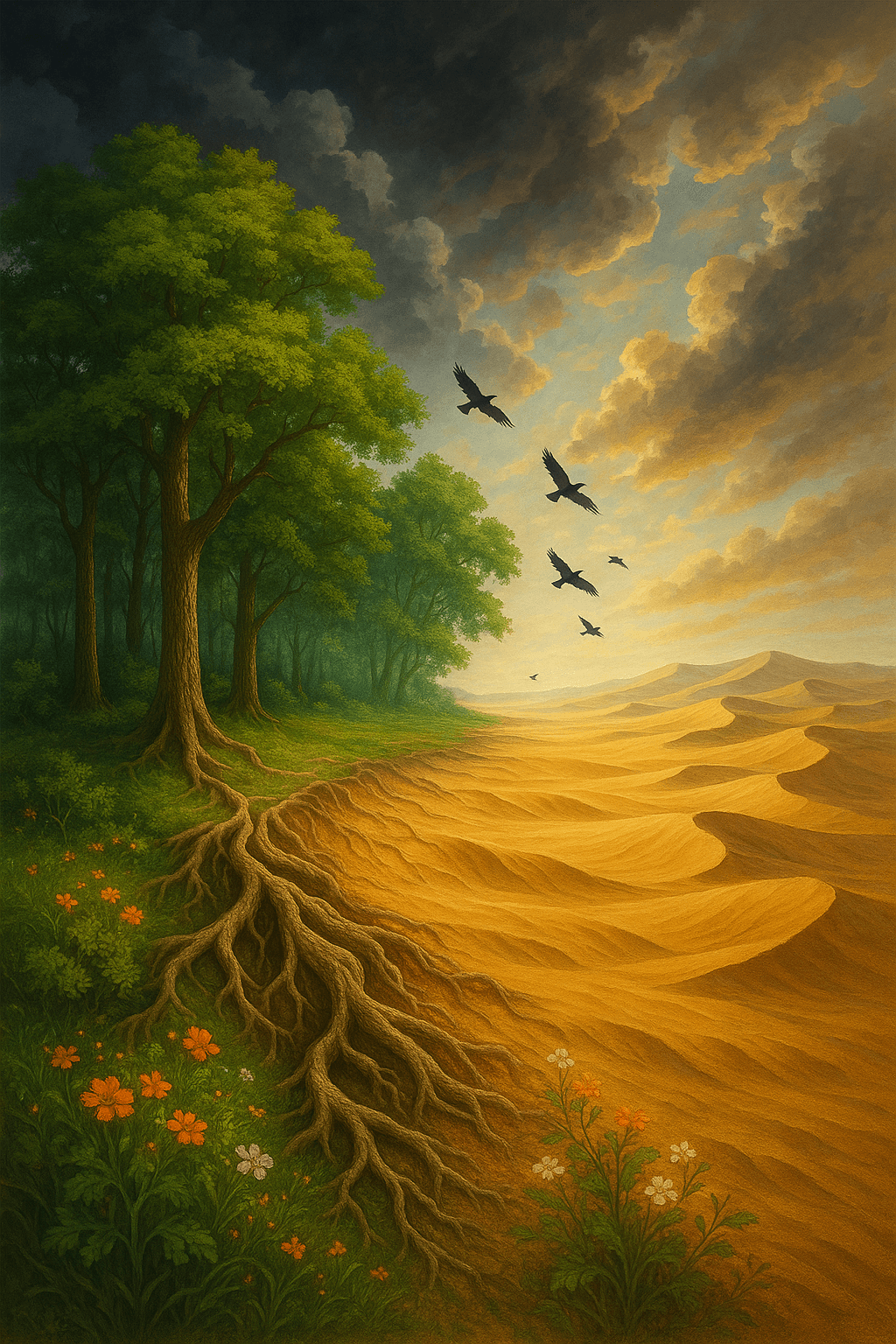Embracing Contraries: The Dual Forces Guiding Human Progress

Without contraries is no progression. Attraction and repulsion, reason and energy, love and hate, are necessary to human existence. — William Blake
Blake’s Vision of Opposites
William Blake’s assertion that ‘without contraries is no progression’ establishes a central tenet of his philosophy: progress emerges from tension, not stasis. Rather than viewing contradiction as disorderly, Blake celebrates it—suggesting that opposing forces like attraction and repulsion are not adversarial but creative. This insight, embedded in his work ‘The Marriage of Heaven and Hell’ (1790), challenges us to see conflict as a necessary catalyst for growth.
The Dynamic Interplay of Life’s Forces
Building upon this, Blake identifies specific pairs—reason and energy, love and hate—that define human nature. Attraction draws us together; repulsion sets boundaries. These dualities mirror physical laws, such as magnetism, and reflect the emotional spectrum of human relationships. The interplay between these opposites generates the dynamism essential for development and self-understanding.
Philosophical Roots in Dialectics
Blake’s perspective resonates with the dialectical method, first articulated by philosophers like Heraclitus, who claimed that ‘strife is justice.’ Later, Hegel formalized this idea: the clash between thesis and antithesis produces synthesis—a higher order of truth. Just as these philosophical frameworks suggest, Blake sees human progression as a continual dance of contradiction and reconciliation.
Contraries in Art and Creativity
Furthermore, the creative process itself thrives on contraries. Artists often draw inspiration from both harmony and discord, allowing tension to fuel innovation. Blake’s own poetic and visual works abound in paradox, illustrating how clashing ideas provoke deeper understanding. This embrace of opposites becomes a wellspring for artistic, scientific, and personal evolution alike.
Accepting Paradox for Growth
Ultimately, Blake urges us not to fear contradiction but to accept it as integral to existence. Modern psychology echoes this wisdom, suggesting that cognitive flexibility—balancing competing desires and emotions—predicts adaptability and well-being. In acknowledging both love and hate, reason and energy, we acquire the tools for genuine transformation, forging progress through the alchemy of opposites.